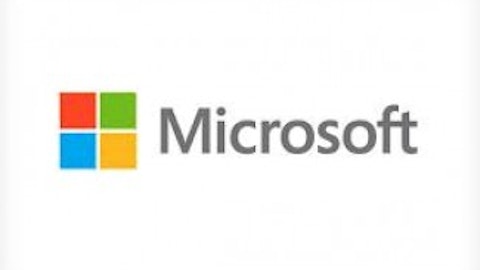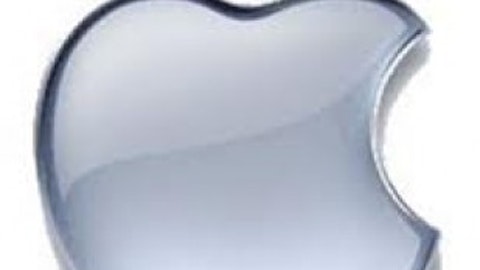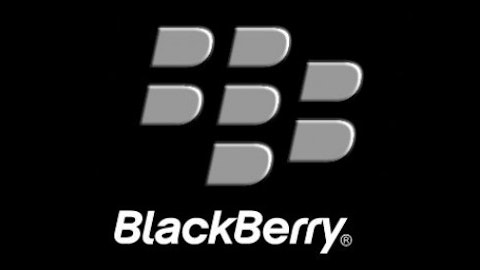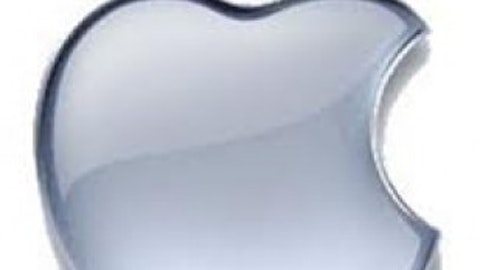In Apple Inc. (NASDAQ:AAPL)‘s first quarter, decelerating growth rates and contracting margins spooked investors. Will the second quarter bring more of the same? Probably. In fact, Citigroup Inc. (NYSE:C)‘s prediction that Apple Inc. (NASDAQ:AAPL) could miss its own revenue estimates seems entirely possible. But don’t fret; there’s a light at the end of the tunnel.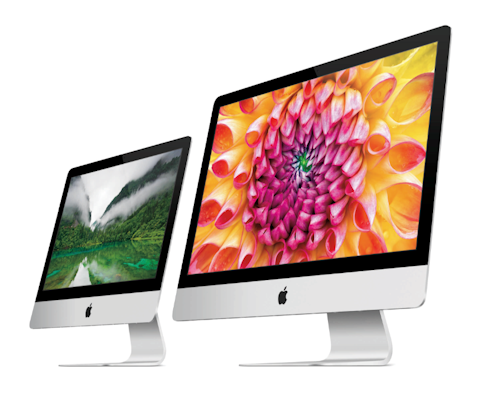
What is Apple up against?
It will be hard for Apple Inc. (NASDAQ:AAPL) hard to measure up to its past perfection. In Q2 2012:
Apple Inc. (NASDAQ:AAPL) saw only a slight sequential decline in its iPhone unit sales. It began shipping a new iPad during the quarter. Its gross margin came in at a whopping 47.4%.
Though the company is expecting significantly more revenue in Q2, guidance for gross margins of approximately 1,000 basis points (yes, one thousand) below the year-ago quarter will weigh heavily on earnings. In fact, negative EPS comps are basically inevitable.
Miss its own guidance? Really?
The make-or-break metric to watch when Q2 results roll in is undoubtedly iPhone unit sales. In Q1 2013, Apple Inc. (NASDAQ:AAPL)’s iPhone sales came in at a monstrous 47.8 million units, representing 56% of revenue. Numbers like these move needles.
So how many iPhones can we expect Apple Inc. (NASDAQ:AAPL) to sell in Q2?
The best we can do is look at last year’s purchasing patterns. The iPhone 4S arrived with two and a half months left in Q1, while the iPhone 5 was launched 10 days before Q1 began. Given this data alone, it’s tempting to assume that iPhone units would see a faster sequential decline from Q1 to Q2 this time around, since the iPhone 5 is later in its product life cycle compared with the iPhone 4S a year ago.
But other details come into play and make arriving at a reliable estimate extremely difficult. For instance:
- iPhone 5 supply was constrained during Q1. Apple Inc. (NASDAQ:AAPL) CEO Tim Cook noted in the Q1 earnings call, “As we began to produce more and ship more, sales went up with the production.”
- iPhone 4 supply, because of demand from its attractiveness at a lower price point, was also constrained during the quarter.
Last year, iPhone sales declined 5.4% sequentially from Q1 to Q2. Conservatively, and in line with trends across Apple Inc. (NASDAQ:AAPL)’s product sales, we should expect a steeper sequential decline this year, as product life cycles shorten. We’ll go with a 25% sequential decline in iPhone revenue.
If all other revenue remained equal, total revenue would fall from Q1’s $54.5 billion to about $46.9 billion, beating Apple Inc. (NASDAQ:AAPL)’s own guidance of $41 billion to $43 billion. With an iMac lineup refresh on Nov. 30 and a “significant backlog” of iPad Minis at the end of Q1, Mac and iPad revenue shouldn’t decline meaningfully. But since Q2 doesn’t include holiday sales, a decline in both categories is nevertheless almost certain.
Though this is just a roundabout, conservative estimate, it gives credence to Citigroup Inc. (NYSE:C)’s recent bearish note on Apple Inc. (NASDAQ:AAPL) that claimed the company could miss its own revenue estimate.
“Mr. Market’s” nonsense
Even if Apple missed its own guidance, has the long-term thesis for Apple Inc. (NASDAQ:AAPL) really changed? Adjusted for the shorter quarter, year-over-year revenue rose 27% last quarter; Apple Inc. (NASDAQ:AAPL)’s growth story is far from over.
Yes, margins have declined significantly year over year. But any period in which the company launched as many new products as it did at the end of 2012 would of course produce far lower margins. As Tim Cook noted in the Q1 earnings call, “80% of revenue during the quarter came from new products.”
With a lower-margin iPad Mini cutting average selling prices across the iPad lineup, Apple Inc. (NASDAQ:AAPL) probably won’t return to gross margins in the high 40s. But there isn’t yet any reason for analysts to estimate margins below Apple Inc. (NASDAQ:AAPL)’s guidance of about 38%.

iPad Mini. Source: Apple.
Furthermore, the smartphone and tablet markets are still growing at astonishing rates. ABI projects that smartphone and tablet sales will increase 44% and 125%, respectively, in 2013. This industry growth should support enough further upward momentum in Apple Inc. (NASDAQ:AAPL)’s largest segments to give 2013 EPS a boost over 2012 levels.
Zooming out
In Q1, Apple Inc. (NASDAQ:AAPL)’s unit iPad sales increased by a whopping 48%, year over year. Though this increase undoubtedly resulted from the successful launch of the iPad Mini, it also speaks to the success of Apple Inc. (NASDAQ:AAPL)’s iPad line as a whole. With a rumored refresh of the full-sized iPad due in April, which will almost certainly feature a significant casing redesign, Apple Inc. (NASDAQ:AAPL)’s Q3 guidance is likely to be very strong.
Revenue miss or not, Apple’s still looking great at 10 times earnings.
The article Citi’s Right: Apple Could Miss Its Own Guidance originally appeared on Fool.com and is written by Daniel Sparks.
Fool contributor Daniel Sparks has no position in any stocks mentioned. The Motley Fool recommends Apple and owns shares of Apple and Citigroup Inc (NYSE:C) .
Copyright © 1995 – 2013 The Motley Fool, LLC. All rights reserved. The Motley Fool has a disclosure policy.
